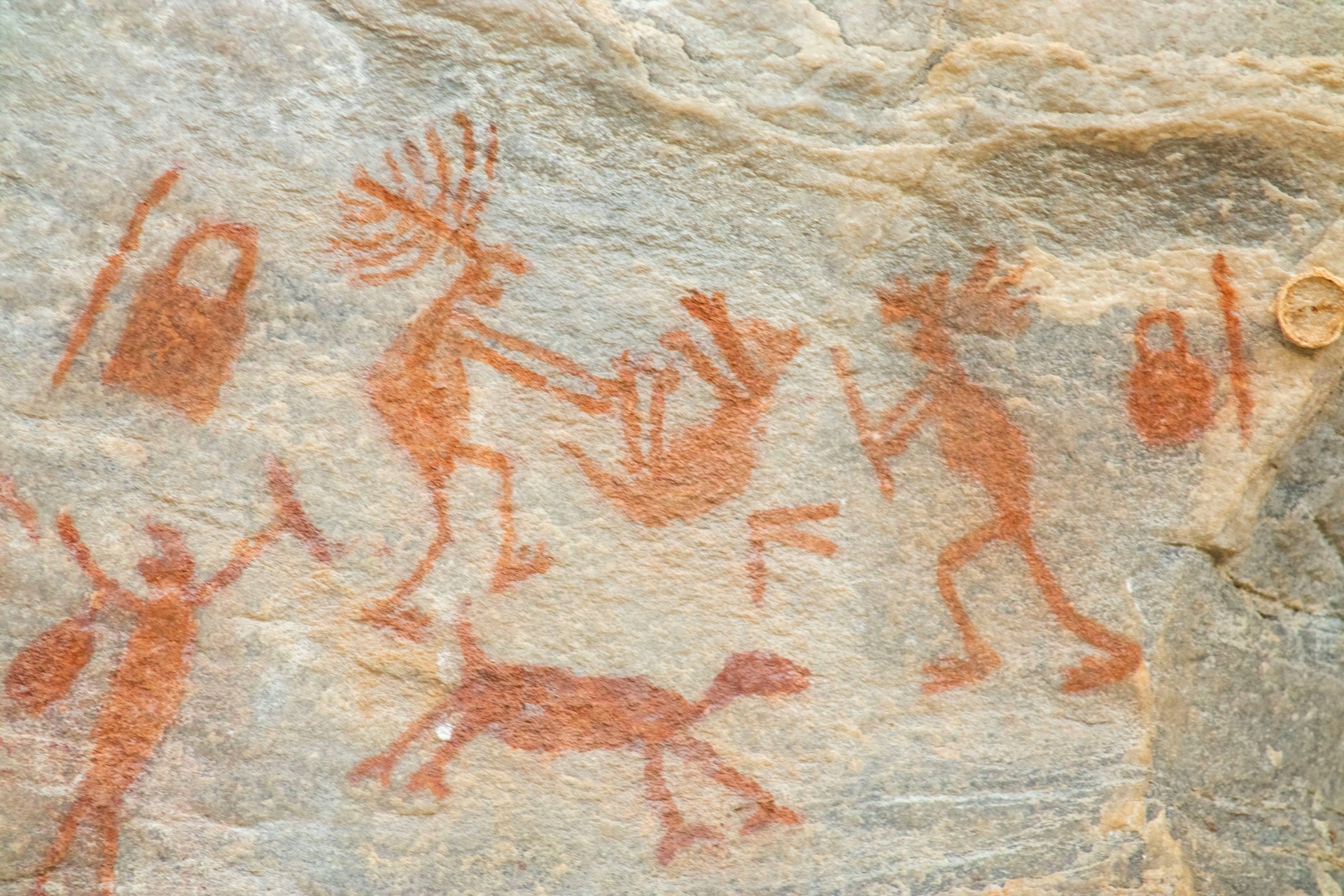
Towering karst cliffs in the Leang-Leang region of Maros, Indonesia, have long guarded secrets from the depths of prehistory. Hidden within the rugged cave walls lies a captivating remnant of an ancient civilization—now brought to light. A red pigment painting depicting a wild pig, a human hunter, and a vivid prehistoric scene tells a silent story of humanity dating back over 51,000 years. This discovery not only redefines the global understanding of archaeological timelines but also offers compelling evidence that early humans possessed a sense of artistry and symbolism far earlier than previously believed.
Adhi Agus Oktaviana, a junior researcher at the Center for Archaeometry Research within Indonesia’s National Research and Innovation Agency (BRIN), shared the remarkable journey behind the finding of what is now believed to be the world’s oldest known cave painting. His account is a testament to scientific dedication—marked by arduous treks through rivers, scaling rocky cliffs, and exploring pitch-black caves. It’s a story driven by passion, perseverance, and an unyielding pursuit of knowledge.
“The study of cave paintings was actually first published back in 2014 in the Lecture Journal, which at the time dated the artwork to around 40,000 years old. That 2014 publication caught international attention and was recognized as one of the top ten scientific breakthroughs by Science magazine. We published another study again in 2019,” Adhi explained during a panel discussion held at the launch of Indonesia’s new digital platform for prehistoric rock art at the BJ Habibie Building in Jakarta on Tuesday, June 3.
The groundbreaking journey truly began in 2020, during what was initially a routine excavation at the Leang Tedongnge site in Maros. While conducting fieldwork, Adhi received a message that would prove pivotal. “I was at Leang Tedongnge at the time, working on an excavation. Out of the blue, we received word that Google was interested in collaborating on a project to document rock art. But initially, nothing materialized for one or two years,” he recalled.
Rather than waiting passively, the uncertainty spurred Adhi and his team to take action. They began revisiting and cataloging previously studied cave art sites, including a notable hunting scene in Sulawesi. That particular artwork had already garnered global acclaim in 2019, when it was ranked by Science as one of the world’s most revolutionary scientific discoveries.
“We realized that the documentation we had was incredibly valuable,” said Adhi. “Our publications from 2014 and 2019 about Sulawesi’s rock art had already captured global attention. That’s when Google Art & Culture became genuinely interested in documenting not just the cave sites themselves, but also our unique fieldwork methods and research processes.”
What began as a quiet excavation has evolved into a landmark discovery in human history. The Maros cave paintings serve as a vivid reminder that the roots of artistic expression and symbolic thought reach far deeper into the past than previously understood—reshaping how we view the cognitive and cultural development of our ancient ancestors.